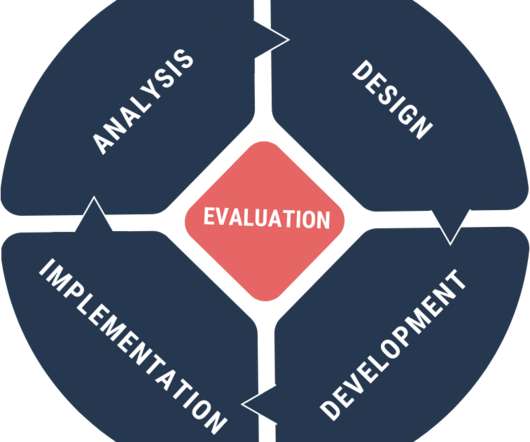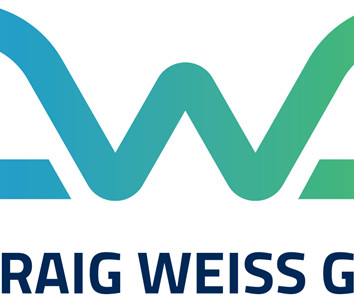How to Evaluate Learning: Kirkpatrick Model for the 21st Century—A Revision
Dashe & Thomson
DECEMBER 6, 2012
I was asked by Wendy Kirkpatrick to remove the copyrighted Kirkpatrick diagrammatic model from my original blog post, How to Evaluate Learning: Kirkpatrick Model for the 21st Century. Kirkpatrick calls this Return on Expectations, or ROE. This revised post includes a step-by-step table as a replacement for that diagram.






































Let's personalize your content